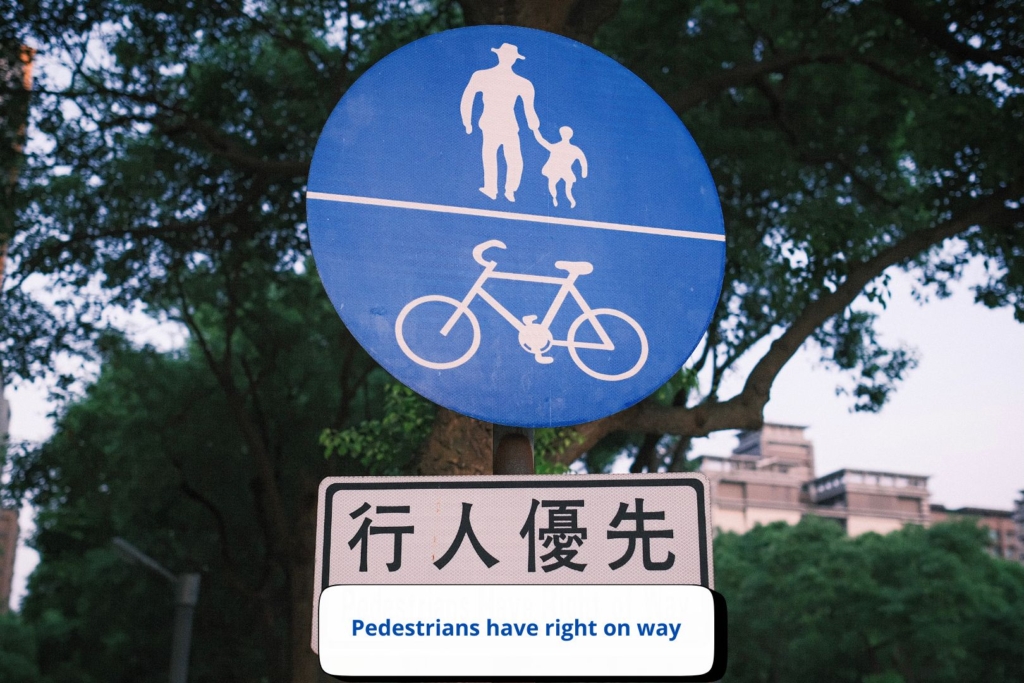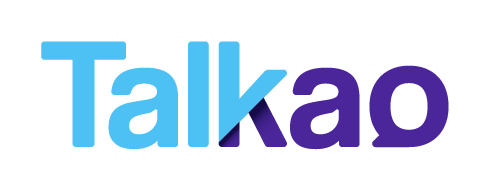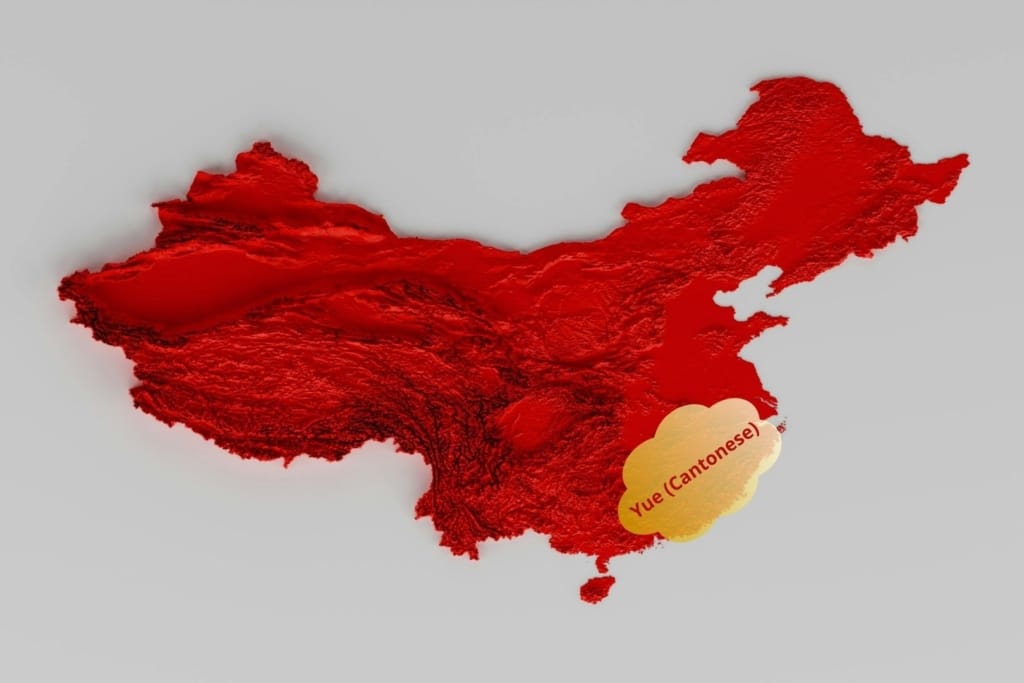The camera translator is, without a doubt, one of the greatest breakthroughs in modern translation technology. But why do we say that? The answer is simple: it’s an innovation that combines character recognition, artificial intelligence (AI), and augmented reality into a single, powerful tool.
This seemingly simple combination now allows us to translate any kind of text—including those that were previously impossible to translate automatically.
For travelers visiting a foreign country, reading signs, warnings, menus, or printed images is often essential. Until now, you had to manually type the content into a translator and wait for the conversion—something far from practical when dealing with urgent instructions or important information.
However, with a camera translator, translations happen in seconds, no matter the alphabet—even for handwritten texts.
Want to know how a camera translator works and how it can support your language learning journey?
Let’s dive into this incredible advancement in translation technology and see how it can transform your experience with languages.
How does a camera translator work? The combination of technologies that has revolutionized translation
There’s no doubt about the incredible technological advancements we’ve witnessed over the past decade. Today, a smartwatch can act as a fully functioning computer with internet access, phone capabilities, and a powerful communication system. With artificial intelligence, we can generate images that rival those of professional illustrators. And that’s not even mentioning progress in highly technical fields like medicine and engineering.
Yet, for a long time, this wave of innovation seemed to overlook something as vital and urgent as communication—especially communication across languages. Up until recently, the most “advanced” tool we had was the basic translator built into search engines, which only offered somewhat decent results. And we say “somewhat” because most online translators still produce grammar mistakes, spelling errors, and struggle with longer texts or regional expressions.
Physical translation devices didn’t offer much more either. These tools often translated in a robotic, unnatural way and had several limitations. For example, they couldn’t read text within images, struggled with handwritten content, and frequently failed to recognize uncommon fonts.
All of that has changed thanks to the integration of multiple technologies in camera translators. Let’s explore the key components that make this innovation possible.

OCR: Optical Character Recognition
One of the foundational technologies behind the camera translator is OCR, or Optical Character Recognition. In simple terms, OCR is a powerful tool that identifies written characters and converts them into digital text. While the results may seem straightforward, the process behind it is anything but.
Think of it like this: OCR can identify a single letter, even when surrounded by various other visual elements—just like spotting Waldo in a crowded picture. Beyond that, similar to a supermarket barcode scanner, OCR can detect characters grouped into words. In mere fractions of a second, it compares these characters with a vast database to accurately determine the words they form.
This allows the system to recognize entire sentences and blocks of text. The real brilliance lies in this execution—the ability to form readable, structured content from fragmented symbols. Just like your brain is doing right now as you read this article.
However, identifying disconnected characters isn’t enough on its own. That’s where the second pillar of the camera translator comes into play: Big Data.
What is Big Data and how does it turn letters and symbols into translations?
In simple terms, Big Data is an enormous database stored in supercomputers—massive machines capable of holding trillions of data points, like ingredients in a giant kitchen. Each piece of data is like an ingredient that can be combined and transformed with others to generate meaningful information.
When applied to a camera translator, Big Data becomes a powerful tool that stores thousands of words from every language on Earth. Each word is mapped to the characters that form it, accounting for billions of possible writing styles. It recognizes fonts, sizes, italics, bold text, colors, handwriting, and countless other variations in how language can be expressed.
But it doesn’t stop there. In order for the camera translator to actually translate, each identified word must have a corresponding match in another language. So when the system recognizes a word through character analysis, it instantly compares it to the same database in the target language. And just like that—voilà!—the translation is made.
While all of this might already sound like futuristic science, we’re still not done. There are two more technological pillars behind the camera translator—and they’re the most impressive ones. Let’s keep going.
AI: The technology that changed everything
You’ve probably heard a lot about AI lately. And truth be told, most of what’s out there tends to focus on the potential risks of a “dangerous” technology. Some so-called experts go as far as to label AI the starting point of humanity’s downfall. But as you’ll soon see, AI is actually one of the most revolutionary breakthroughs in human history—at least so far.
To put it simply, artificial intelligence is a technology that blends Big Data with processing power that’s similar to how the human brain works. We say “similar” because no technology has yet come close to replicating the brain’s incredible abilities. However, AI can interpret, analyze, associate, and express ideas in ways that are increasingly deep and complex.
When integrated into a camera translator, AI takes optical recognition to the next level—transforming recognized text into meaningful, real-world context. Let’s look at what that means.
Reading and interpreting, not just translating
Imagine you’re in a country with a completely different alphabet and you see a sign. If you use a basic camera translator (without AI), you’ll likely get a literal translation. And while that’s not necessarily bad, it can be inaccurate. As you know, every language contains homographs, idioms, and phrases that can be misinterpreted when taken out of context.
Here’s where AI makes a huge difference. It doesn’t just translate—it reads and interprets the context. The AI-powered camera translator can tell whether the text is part of a restaurant menu or a street sign, delivering an accurate translation that reflects its real-world meaning.
It “reads between the lines,” interpreting what’s in front and behind a word to choose the best possible translation. Like a human, AI can distinguish meanings based on context, tone, and even the intent behind the message.
Augmented reality: The fourth pillar of the camera translator
As if Artificial Intelligence, Big Data, and OCR weren’t impressive enough, the camera translator relies on one more cutting-edge technology: Augmented Reality (AR). This powerful feature enables the app to interpret its surroundings through progressive learning and real-time environmental analysis.
Let’s break it down with an example to make it even clearer.
When integrated into a camera translator, Augmented Reality can scan everything the camera sees—including objects, locations, people, animals, plants, and much more. It then compares the physical characteristics of each element captured by the camera with its vast internal database.
Take a chair, for instance. A simple, everyday object—right? But there are thousands of variations of what we call a “chair.” They can be tall or short, green or yellow, with or without a backrest, made of wood or plastic. AR uses its recognition engine to analyze those physical features and match them to stored data, giving you the correct name for the object in any language you choose.
What is augmented reality used for in a camera translator?
This is where the magic of AR really shines. If, for any reason, the database can’t identify a word or character, AR steps in by comparing visual features alone—no need for text input.
Sounds complicated? Here’s a practical example to make it simple:
Imagine you’re traveling through a country that uses the Cyrillic, Arabic, or Greek alphabet (just to name a few). You’re driving along a road and come across a damaged or weathered road sign pointing to a destination. Under normal conditions, OCR (Optical Character Recognition) might struggle to recognize the faded or incomplete letters. As a result, you could miss the message—and lose your way.
This is where Augmented Reality becomes a game-changer.
Instead of relying solely on readable text, AR analyzes the object as a whole and compares it to similar entries in its database. In just a few seconds, the camera translator gives you a full interpretation based on the visual context—not just on characters.
This is the future of translation… and it’s already here.

Talkao camera translator applications: Real-Life uses that make a difference
Now that we’ve explored the powerful technologies behind a camera translator, you might be wondering: What exactly can I use a camera translator for? To answer that, let’s look at a few everyday situations where the Talkao Camera Translator can truly enhance your life.
Boost your academic learning and training results
Do you need to read texts in another language for your degree or a specialized course? If so, chances are you often have to rely on translated editions. And while publishers usually work with top-tier translators, the reality is that translated versions are often released months—or even years—after the original. That means if you want to stay on the cutting edge of your field, waiting for a translated copy might hold you back.
The alternative is to use a traditional translator to decode the original version. But that usually involves typing out text manually, which can lead to errors—misspelling a word, missing punctuation, or skipping accents can completely distort the meaning.
And if the text is in a different alphabet? Traditional methods fall short.
With Talkao’s Camera Translator, you can instantly translate text from books, notes, or printed material without typing a single word—in over 125 languages and writing systems, including non-Latin scripts.
Improve your travel experience
Traveling to a new country can be exciting… but also overwhelming. Not understanding the local language can lead to confusion, fear of getting lost, or unintentionally breaking the rules. This language barrier often discourages people from traveling to unfamiliar destinations.
Let’s face it—most countries don’t provide signage in multiple languages, and they’re not obligated to. As travelers, we’re the ones who need to adapt.
That’s exactly where Talkao’s Camera Translator makes a difference. It allows you to instantly translate road signs, warnings, menus, posters, and more, using only your smartphone. It works across all alphabets, can read text within images, and even handwritten notes.
This not only gives you more confidence while exploring, but also the freedom to travel anywhere without language limits.
Translate legal documents and official texts
If your job involves reading or signing contracts, service offers, or any official documents in a foreign language, misinterpreting a single word could lead to serious issues. In the past, you’d probably hire a professional translator for this task. But now, that’s no longer necessary.
With Talkao’s Camera Translator, you can translate any document in seconds—just point your phone’s camera at the text and get an instant, highly accurate translation.
It’s a time-saving and effective way to interpret legal documents, contracts, agreements, service proposals, and more—anytime, anywhere.
In short… translate anything, anytime, anywhere with your phone and Talkao’s powerful translation apps.



















